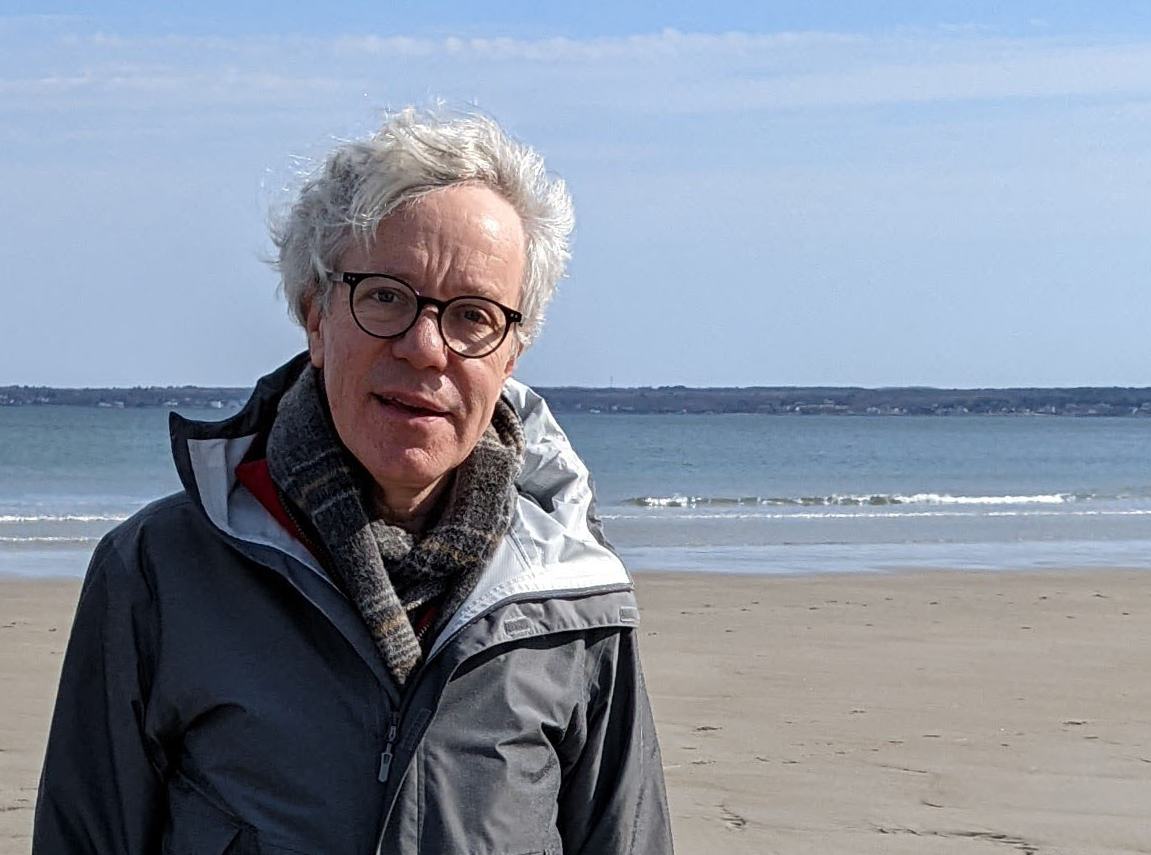Harvard, MIT math professors win Steele Prize

Peter Kronheimer is the Harvard William Caspar Graustein Professor of Mathematics.
The American Mathematical Society (AMS) awarded Harvard Professor of Mathematics Peter Kronheimer and MIT Professor of Mathematics Tomasz Mrowka the 2023 Steele Prize for Seminal Contribution to Research for their 1993 paper “Gauge theory for embedded surfaces, I.” Kronheimer and Mrowka’s work introduced new notions and developed sophisticated technology that continues to play a central role in gauge theory and low-dimensional topology. The authors and other researchers have developed the ideas in the cited paper to define new invariants in low-dimensional topology. The subject has grown to include relations with a wide array of topics, from knots to graph-colorings.
The authors met over dinner at the Institute for Advanced Study in 1988. Kronheimer was a postdoc splitting time between Princeton and Berkeley, Mrowka was a Ph.D. student at Berkeley. Gordana Matic introduced them and they connected over their fields of research. “The area of gauge theory as a tool in topology was still new,” Kronheimer recalled. “There were few Ph.D.s in the field at the time; Gordana and Tom were two of the first.” Kronheimer’s Ph.D. was in a neighboring field, but he and Mrowka were interested in the same questions concerning 2-dimensional surfaces in 4-space. They understood that the tools of gauge theory introduced by Simon Donaldson should be key to answering some of those questions. Their different backgrounds and complementary skills made working together a good fit. “Mathematically, we just hit it off,” Kronheimer said.
Their seminal paper originated from a 1991 collaboration at the Mathematisches Forschungsinstitut Oberwolfach. By the end of that summer, the key results they’d been aiming for concerning singular Yang-Mills instantons were in place. Applications such as Milnor’s conjecture on the unknotting number of torus knots followed. In 1995, Kronheimer and Mrowka used the same technology of singular instantons to describe the structure of the mysterious Donaldson invariants for closed four-manifolds, in terms of a finite number of “basic” degree two cohomology classes. This structure theorem led Edward Witten to his conjectural relationship between Seiberg-Witten invariants and Donaldson invariants. Kronheimer and Mrowka defined a new version of Floer homology for knots, again based on singular instantons, and using that proved that the (purely algebraically defined) Khovanov homology detects whether a knot is trivial.
The development of new tools and the applications of their ideas in the works of other mathematicians have been a source of excitement for the authors. “We knew we were working on questions that had a central place,” Kronheimer said. “But the detailed techniques we developed at Oberwolfach involving the analysis of singular instantons were not themselves central tools for long. More than one wave of development has passed by since—often with more effective methods—to tackle the previous questions and extend the previous results. The whole field has grown tremendously and in unexpected directions.”
The Steele Prize is awarded according to a six-year rotation of subject areas, the 2023 area being geometry and topology. Kronheimer and Mrowka will be presented the prize during the Joint Prize Session at the January 2023 Joint Mathematics Meetings in Boston.




